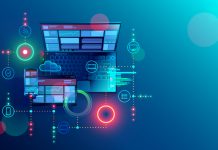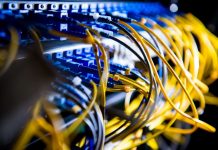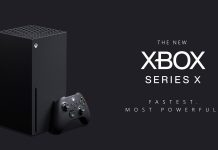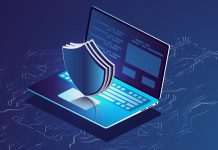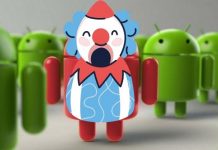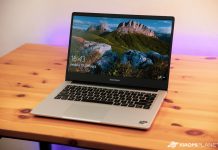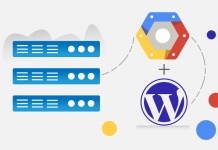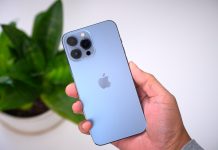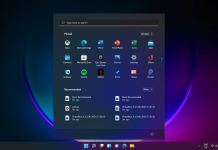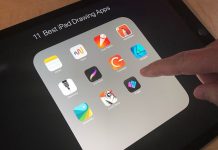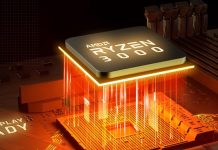What is a Hardware and a Software? And Its Classification In Detail
So, In this blog We will discuss about What is a hardware and a software
- Hardware
Hardware can be any physical device which you use in day to day life, For ex this device on which you are reading this text it might be any platform mobile, tab, pc etc.
As per the technical defination, Hardware is refered to the physical parts of computer and related devices
Basically the internal hardware parts of a computer are reffered as components, while the external hardware devices are usually called as peripherals.
Hardware can be classified in four categories:
- Input devices: For raw data input.
- Processing devices: To process raw data instructions into information.
- Output devices:To disseminate data and information.
- Storage devices:For data and information retention.
1. Input Devices
The hardware components which are used to input raw data i.e accept data from users,cames under the input device section
Following are some input device listed below according to their input types
| Input Type | Example |
| Pointing Device | Mouse, Touchpad, touchscreen, multi-touch screen, pen input, motion sensor, graphics tablet and fingerprint scanner. |
| Audio Input Device | Microphone and midi keyboard. |
| Network Device | Ethernet hardware and Bluetooth/wireless hardware. |
| Game Controller | Joystick, gamepad, and steering wheel. |
| Bluetooth Peripheral | Keyboard, mouse, headset, gamepad, printer. |
| Visual and Imaging Device | Webcam, digital camera, digital camcorder, TV capture card, biometric scanner, and barcode reader. |
2. Processing devices
The core function of a computer is processing. Processsing is the stage where raw data is transformed into information
The microprocessor is the major device in this category. It works closely with primary memory during its operations. Data is stored temporarily in processor cache and primary memory during the processing period.
The microprocessor is subdivided into three important units, which work together in order to accomplish its function. The units are:
- The control unit: It manages and supervises the operations of the processor and other components that are crucial in data manipulation.
- Arithmetic and logic unit: The ALU is responsible for all arithmetic and logic operations like addition, multiplication, subtraction, division, and comparison logic operations.
- Register and cache: These are storage locations inside the processor that respond to the instructions of the control unit by moving relevant data around during processing.
3. Output devices
Hardware devices are used to give out something i.e both data and information that might be in any form may be sound, displaying, hardcopies, etc
It is said that it is te third step after input of raw data and processing
The sub-categories of output devices are
- Softcopy output devices.
- Hardcopy output devices
1.Softcopy output devices:
Visual display devices include:
- Monitor
- Projection display
- Interactive (electronic) smartboard
- Touchscreen
Sound devices include:
- Speakers
- Headphones and earphone
Network Input/Output Includes:
- Ethernet cables
- Wireless and Bluetooth transmissions
USB input/output include
- Flash drives
- External drives
- Optical drives
2. Hardcopy output devices:
Impact printers include:
- Dot matrix printer
- 3D printer
Non-impact printers include:
- Inkjet printer
- Laserjet printer
- Thermal printer
4. Memory/Storage devices
Memory or storage devices in cludes those components which retain/store data.
Storage is sub-divided under primary and secondary memory and is either volatile or nonvolatile.
Random-access memory (RAM) can be refered as Primary memory. RAM is volatile, meaning that it retains data only when the computer is powered up.
Secondary memory is labeled as such because data stored within secondary storage media (usually disk drives) do not communicate directly with the microprocessor. Any data stored in such media is first transferred to a RAM device for processing to take place.
This type of memory is also non-volatile since it permits long time storage as opposed to volatile memory.
To give some examples of these devices, primary memory includes:
- DRAM
- SRAM
- ROM
Secondary memory is subdivided into two categories:
- Internal devices are designed to be placed inside the computer at all times. Examples include hard disk and solid state disk drives.
- External devices are plug and play media used to transfer files between computers. Examples include optical disks, flash disks, and external disk drives.
Software:
Software, on the other hand, consists of the programs and applications that run on computers. Because software runs on computer hardware, software programs often have system requirements that list the minimum hardware required for the software to run.
It directs all the peripheral devices on computer system – what to do and how to perform a task. PC Software plays a role of mediator between user and computer hardware. Without Software, a user can’t perform any task in digital computer.
1. System Software
System software is a collection of one or more programs used to control and coordinate the hardware and other application software. Generally the system software may perform the following functions:
- Communicates with hardware devices. Controls and monitors the proper use of various hardware resources like CPU, memory, peripheral devices like monitor, printer etc.
- Supports the execution and development of other application software.
Few examples of system software are:
- Operating system
- Programming language translators
- Communication software
- Compiler and Interpreters
- Command line shell
2. Application Software
Application software is a collection of one or more programs used to solve a specific task.
Generally software used in banking industry, airline/railway reservation, generation of telephone or electricity bills etc. all fall under application software.
Few examples of application software are:
- Word processing software
- Spreadsheet software
- Database software
- Education software
- Entertainment software
3. Utility Software
Utility software is a collection of one or more programs that helps the user in system maintenance tasks and in performing tasks of routine nature. Utility programs help the users in disk formatting, data compression, data backup, scanning for viruses etc.
Few examples of utility software are:
- Anti-virus
- Registry cleaners
- Disk defragmenters
- Data backup utilityDisk cleaners
So, I hope you enjoyed it. If you did, remember to Whatsapp button given below for share across your friends
If You Want To Get More Daily Such Hardware Related Tips & Tricks Then Press Red Bell Icon At The Right Side of Page To Subscribe our Updates.
Also Read: Google Artificial Intelligence(AI) Technology That Can Identify Smells
Looking for High Paying Jobs? Click here
Also Read: 10 Phrases Rich People Avoid To Say: How Rich People Think: Click here






